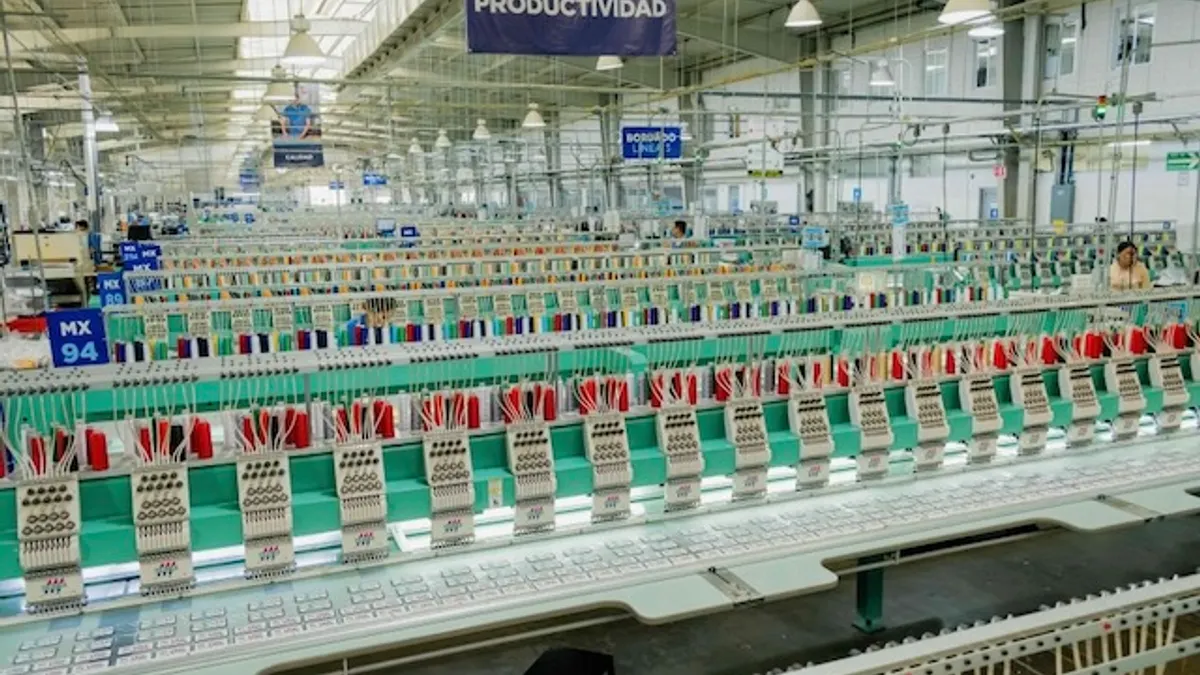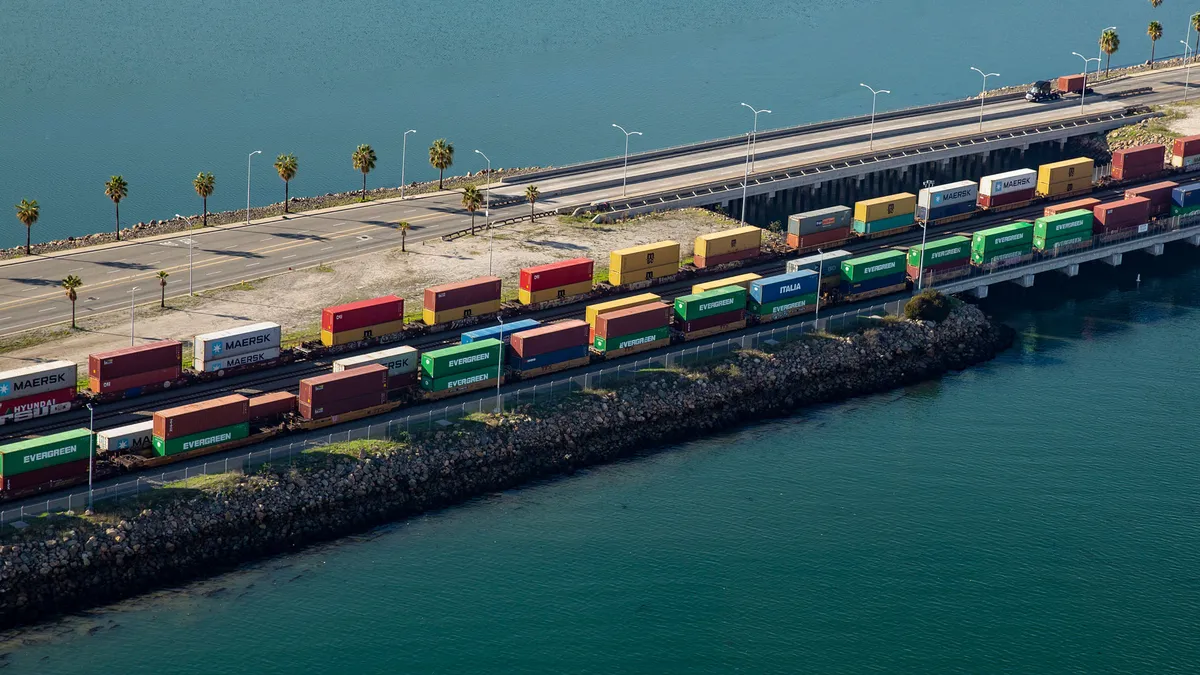This is an opinion piece written by Yao Jin, an associate professor of management, and Lisa Ellram, James Evans Rees distinguished professor of supply chain management, at the Farmer School of Business at Miami University. Opinions are the authors’ own.
COVID-19 has thrown supply chains across industries and around the world into a state of disarray. Its disruption is unprecedented in our lifetimes. One thing that has become painfully obvious is just how unprepared companies and their supply chains are to respond to the current global pandemic.
From stocking grocery shelves with necessities, such as toilet paper or bread, to hospitals with personal protective equipment and ventilators, supply is not keeping pace with demand. There are many reasons for this, almost all of them avoidable, but most cost money.
How did we get here?
Many observers are calling COVID-19 a “black swan event,” which refers to an event so rare and unusual it cannot be anticipated. There have been numerous, though less global, events with supply chain impacts, such as the Fukushima nuclear reactor meltdown and Hurricane Katrina. Supply chain interruptions have become seemingly commonplace in recent years. And all of them, including COVID-19, contain lessons to help companies — and policymakers — better prepare for the next inevitable “black swan," if they are willing to take a less myopic approach.
To profitably meet customer demand, companies have designed low-cost supply chains, drastically cutting inventory and concentrating purchasing with fewer suppliers, often located in distant, low-cost countries. Limiting inventory buffers, local suppliers, and back-up suppliers has made supply chains fragile.
This cost-driven approach makes sense, most of the time. In line with lean principles, companies have purposefully designed their supply chains to follow principles like Toyota, eliminating any waste that is non-essential for meeting current needs.
How can a company justify investing heavily in preparing for unknown events that may or may not happen? To date, it appears memories fade quickly after major supply chain disruptions, as companies once again focus on short-term cost cutting. In reality, the only thing unknown about the next black swan is when, rather than if it will happen.
What can companies do?
Supply chain experts and observers have long called for companies to pay greater attention to their supply chains, as well as their market environment, by investing in greater visibility and mapping to understand what companies comprise their supply chain and where those sub-tier suppliers are located.
A 2017 report by GEODIS found that only 6% of companies surveyed worldwide had achieved full visibility into the companies that make up the sub-tiers of their supply chain. The complexity we have today makes mapping simultaneously more costly and time consuming, though it is increasing its importance and beneficial insights.
As companies begin to survey the ongoing damage caused by the coronavirus outbreak, one thing becomes apparent: Not all product categories are equally affected. For instance, persistent shortages of personal protective equipment (PPE) are not only a retail stock-out issue but a public health issue, as healthcare providers and other companies that are still operating struggle to protect their frontline workers.
There are two issues here: First — because of the relative cost, apparent availability and simplicity of PPE — their supply chains probably would not have been chosen for mapping. Yet clearly, they are essential to public health. Second, these items are so critical that, in addition to mapping, we should have a reliable stockpile available for emergencies, as do other countries including Finland.
Creating supply chain resilience requires an investment in understanding your supply chain, and creating contingency plans. But it’s important to also recognize that shortages are not only caused by supply disruptions but by unexpected demand surges — sometimes, both.
Demand surges for cleaning supplies, exercise equipment, vitamins, yeast and even stuffed animals due to the current pandemic are driven by a combination of new consumption patterns and hoarding behavior. Thus, supply chain visibility and mapping must be adapted to integrate both supply and demand: Under black swan events, traditional understanding of supply and demand can become entirely upended. If this occurs, ensuring continued operations become paramount.
Lastly, companies must also understand that in their quest to achieve lower costs, lean management can become too lean. Amazon discovered this when it implemented order-to-shelf processes inside Wholefoods post-acquisition, and experienced widespread stock-outs and angry customers. Imagine the implications when overzealously lean systems meet a black swan disruption.
Where do we go from here?
One clear lesson, beyond the need for increased supply chain visibility and redundancies, is that companies must not allow complacency to once again set in. Our belief in lean systems reinforces the idea that that buffers — extra inventory, extra capacity, and really anything there is not an immediate need for — are wasteful. It is time for companies to rethink this mindset. Perhaps purposeful "waste" isn’t really waste at all?






















